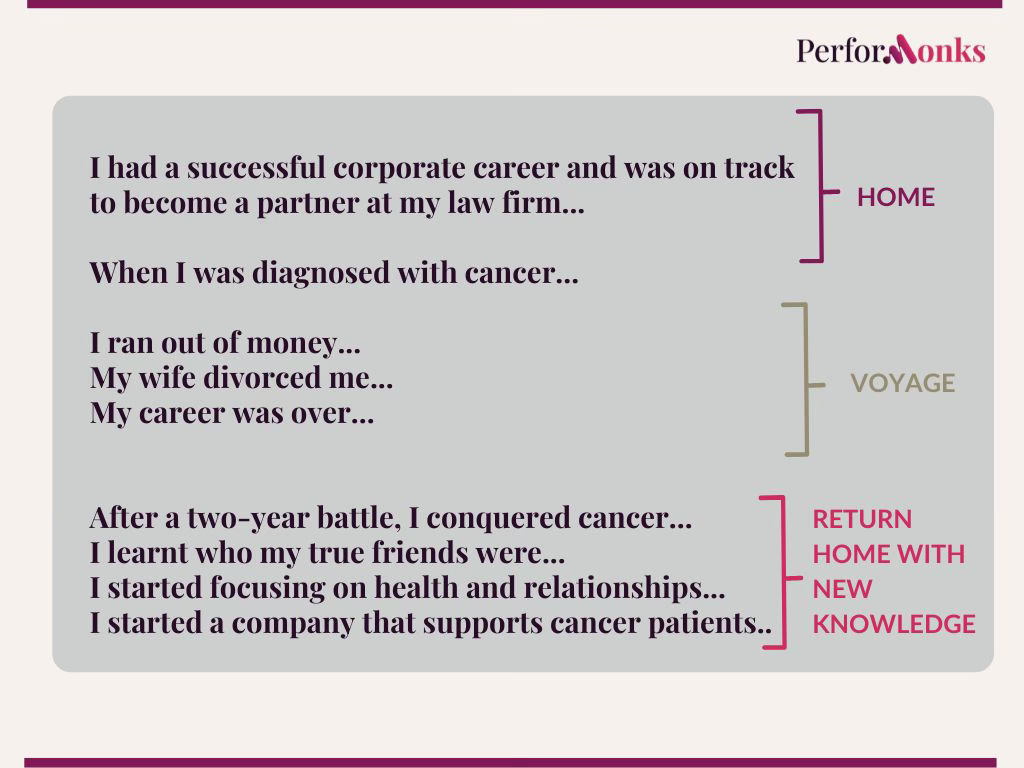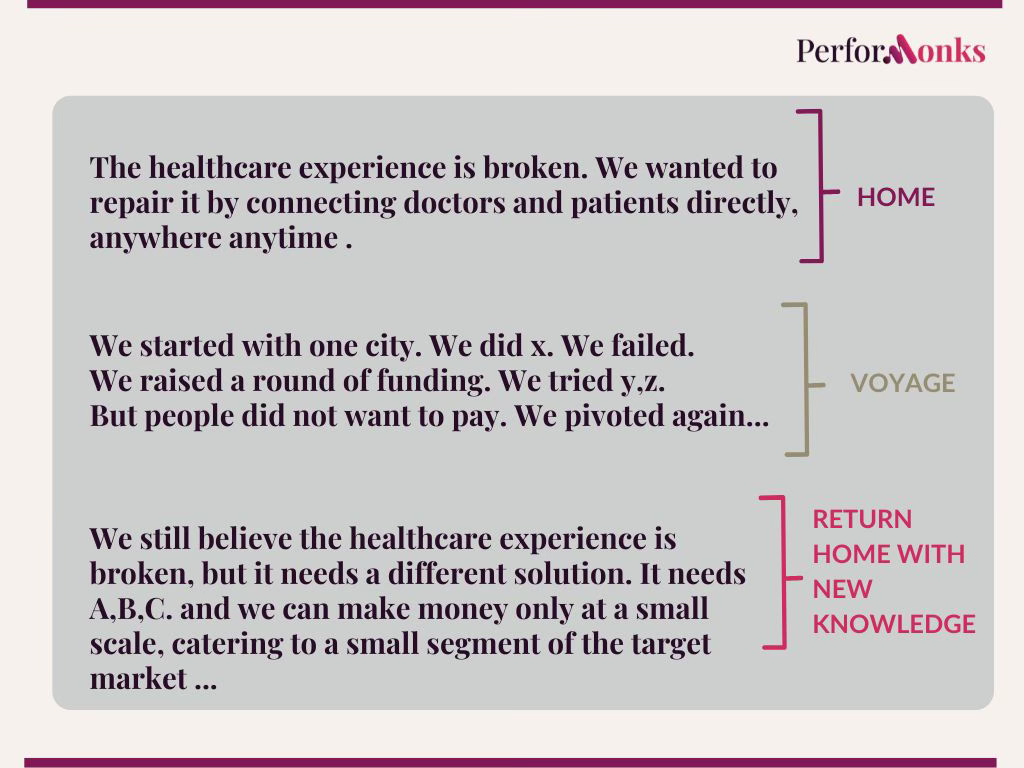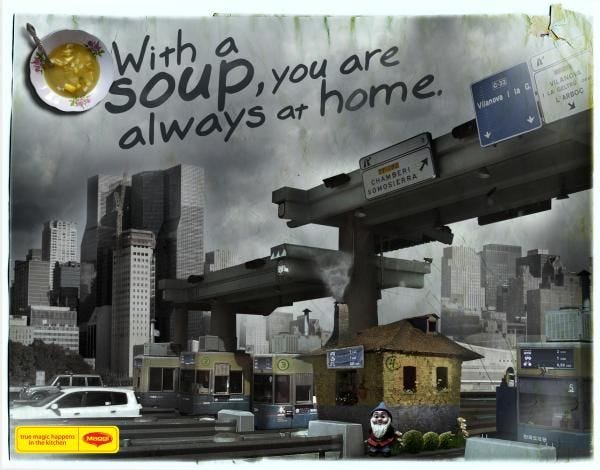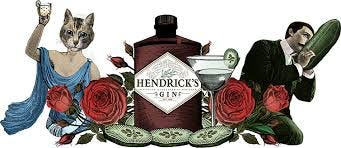Hello readers,
After a week’s break on account of being down with viral (inexplicable, given we are in the middle of a scorching summer), we are back on track.
The previous edition covered plot no.2, Rags to Riches. To round it off, here is Beyonce’s version.
Rags to Riches is best used in a post-success scenario to
- one, prove that I have earned my position on this podium,
- two, show that I am as ‘normal,’ as you are,
- and three, provide hope that if I can do it, so can you.
While plot no.2 is anchored on the idea that even the most deprived beginnings cannot hold back real talent, plot No.3. insists that real growth and insight come from completing a journey.
That’s the Voyage and Return story plot – Alice in Wonderland, The Lion, the Witch and the Wardrobe, The Wonderful Wizard of Oz, and our very own Ramayana. The construct is simple – a hero or a heroine leaves home and goes on a journey, and—regardless of success in their original goal—returns home with new knowledge.
The ingredients are,
- A journey. All our folk tales and stories have literal journeys, but we can also use metaphorical journeys in real-life and corporate applications.
- Coming back home with learning. Even if the journey does not lead to earth-shattering success, it must lead to some learning and insight.
Come to think of it, a return from a prolonged illness is a perfect example of this plot in real life. This is what it could look like.

The wingspan of this story plot rivals that of Michel Phelps.
Here are some application examples.
1. Entrepreneurial Journeys:
Starting new businesses is custom-built for this story plot. Uncharted territory, facing the unknown, and overcoming obstacles are almost always transformative experiences, so they can be packaged into compelling stories when starting the next company, looking for a job, or seeking funding.
This is what it could look like.

2. Prodigal Returns:
We often itch for new experiences and leave companies for new opportunities. If we want to return to the old company, we can use this story to get rehired by showing that we have learned new skills that may benefit the old company.

3. Travel Brands:
The travel industry is an automatic fit because it can showcase both – the metaphorical and the literal meaning of journeys.
The Incredible India Campaign demonstrates this so beautifully.
The campaign started in 2002, and for its first few years, it focused on showcasing India’s treasure trove of experiences. The earliest ad I found online was the 2014 ad. See it here – this was the literal end of the spectrum.
By 2019, the campaign evolved from the literal to the metaphorical in the ‘Find the Incredible You’ campaign – see the playlist here. It still showcases India’s experiences, but the focus shifts to how these experiences enrich the traveller’s worldview.
The Incredible India campaign is largely about experiential travel.
But sometimes, people are compelled to undertake arduous journeys just to survive. Asylum seekers for instance. This communication compellingly uses the voyage and return story plot to seek support from the host country for them.

See the difference between both travel-focussed (Incredible India and Asylum Seeker) campaigns? That’s the power of story plots. Once you have the foundational understanding of the structure, you can fit a diversity of stories within it.
Let’s look at more examples.
4. Food Brands:
Food brands can apply this plot to signal nostalgic messages like, ‘tastes of home.’
This is an interesting ad by Maggi Soup. It juxtaposes drab concrete workplaces with the feeling of ‘home’ that Maggi Soup evokes.


5. Voyage = Escape
Brands could also use this plot for the ‘voyage’ part to signal escape from daily monotony.
By the way, most stories in this plot start with a humdrum, sleepy existence—Alice was bored before she spotted the rabbit, who kicked off her adventures.
Beverage and Alcohol brands frequently use this storytelling device. Here’s a pair of refreshing ads by Hendrick’s Gin—a modern-day echo of the Alice in Wonderland story.

As I write this series, I wonder about two things.
- How is it that all stories, even those that are millennia apart, follow eerily similar structures?
- How does all this fit into the famous Hero’s journey?
That’s for next week, along with the next story plot.
I will see you on the other side.
